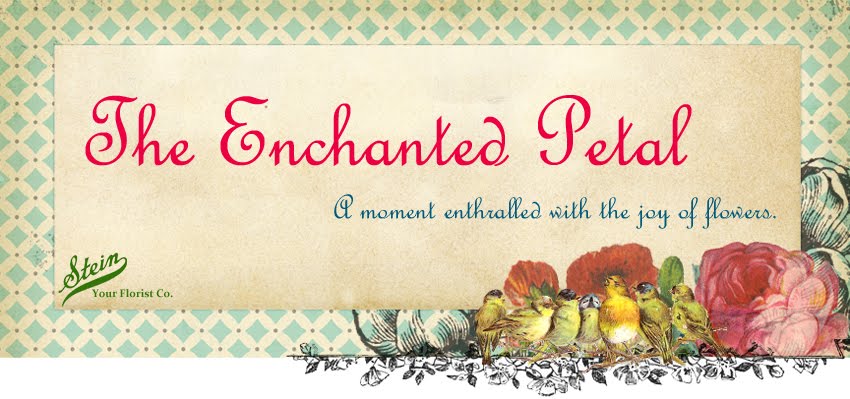 Day 266 - A
number of species of zinnia are popular flowering plants. Their varied habits
allow for uses in several parts of a garden, and their tendency to attract
butterflies and hummingbirds is seen as desirable. A number of species of
zinnia are popular flowering plants. Their varied habits allow for uses in
several parts of a garden, and their tendency to attract butterflies and
hummingbirds is seen as desirable. Their ability to attract hummingbirds is
also seen as useful as a defense against whiteflies, and therefore zinnias are
a desirable companion plant, benefiting plants that are intercropped with it.
Zinnias are grown in the summer.
Day 266 - A
number of species of zinnia are popular flowering plants. Their varied habits
allow for uses in several parts of a garden, and their tendency to attract
butterflies and hummingbirds is seen as desirable. A number of species of
zinnia are popular flowering plants. Their varied habits allow for uses in
several parts of a garden, and their tendency to attract butterflies and
hummingbirds is seen as desirable. Their ability to attract hummingbirds is
also seen as useful as a defense against whiteflies, and therefore zinnias are
a desirable companion plant, benefiting plants that are intercropped with it.
Zinnias are grown in the summer.
Day 267 -
There are many kinds of Zinnias and the general meaning of this flower is
thoughtfulness and friendship. Magenta zinnias symbolize lasing affection,
scarlet represent constancy, white mean goodness, yellow symbolize daily
remembrance and a mix of colors mean that one is thinking of an absent friend.

Day 268 –
Solidego is an attractive source of nectar for bees, flies, wasps, and
butterflies. Honey from solidego often is dark and strong due to admixtures of
other nectars. However when there is a strong honey flow, a light (often water
white), spicy-tasting monofloral honey is produced. While the bees are ripening
the honey produced from solidego it has a rank odor and taste, but finished
honey is much milder.
Day 269 – Solidego,
Solidago virgaurea, is used in
a traditional kidney tonic by practitioners of herbal medicine to counter
inflammation and irritation caused of bacterial infections or kidney stones.
Solidego has also been used as part of a tincture to aid in cleansing of the
kidney or bladder during a healing fast, in conjunction with potassium broth
and specific juices. Native Americans chewed the leaves to relieve sore throats
and chewed the roots to relieve toothaches.
 Day 270 -
Variegation is the appearance of differently colored zones in the leaves, and
sometimes the stems, of plants. This may be due to a number of causes. Some
variegation is attractive and ornamental and gardeners tend to preserve these.
The term is also sometimes used to refer to color zonation in flowers,
minerals, and the skin, fur, feathers or scales of animals.
Day 270 -
Variegation is the appearance of differently colored zones in the leaves, and
sometimes the stems, of plants. This may be due to a number of causes. Some
variegation is attractive and ornamental and gardeners tend to preserve these.
The term is also sometimes used to refer to color zonation in flowers,
minerals, and the skin, fur, feathers or scales of animals.






